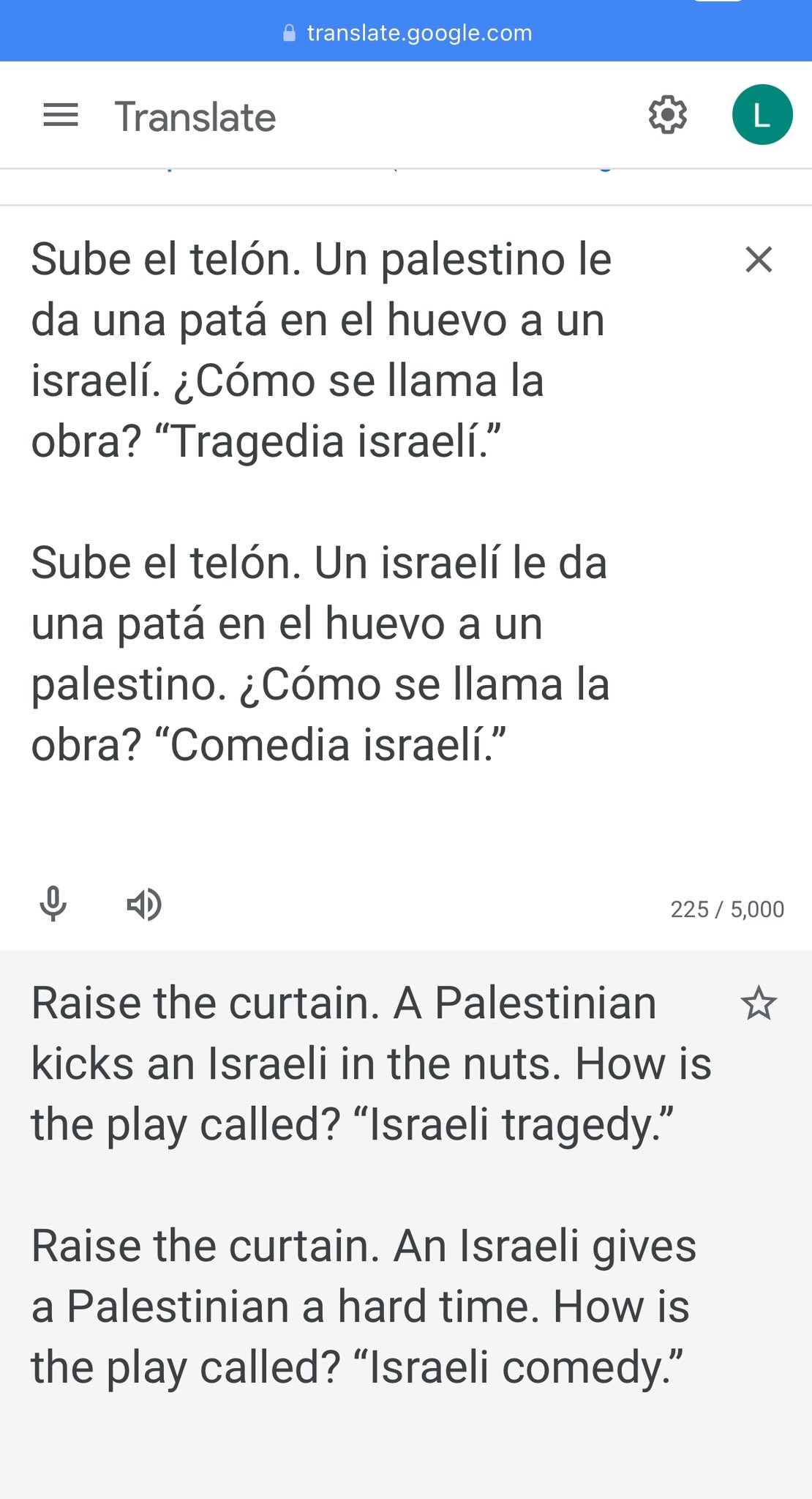this post was submitted on 21 Jan 2024
53 points (100.0% liked)
askchapo
23063 readers
191 users here now
Ask Hexbear is the place to ask and answer ~~thought-provoking~~ questions.
Rules:
-
Posts must ask a question.
-
If the question asked is serious, answer seriously.
-
Questions where you want to learn more about socialism are allowed, but questions in bad faith are not.
-
Try !feedback@hexbear.net if you're having questions about regarding moderation, site policy, the site itself, development, volunteering or the mod team.
founded 5 years ago
MODERATORS
you are viewing a single comment's thread
view the rest of the comments
view the rest of the comments

Machine translators make heavy use of machine learning/LLMs on the back end. This is necessary to an extent since the same phrase can have different meanings depending on context, but it also means that the usual biases from machine learning can crop up easily. The most famous example is that if you translated something like "I waved to the doctor" and "I waved to the nurse" to Spanish, it used to give the masculine form/pronouns for the first sentence and the feminine form/pronouns for the second sentence, even though there is no indication of gender in the English version. So there's a good chance that the context of who is kicking who can cause Google Translate to interpret the same phrase differently due to this bias.
It might also be trying to translate on a phrase or sentence level and applying statistics. The two sentences might occur in more contexts (in their statistical model) where they one gets translated literally and the other idiomatically.
that's what's meant by bias in this context. those statistical differences arise due to bias.